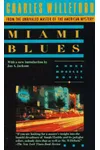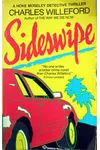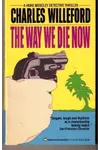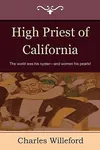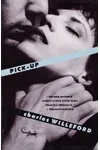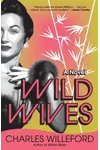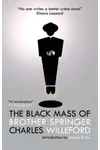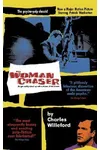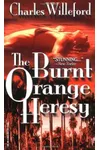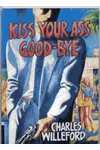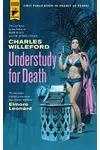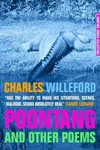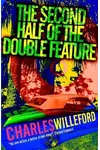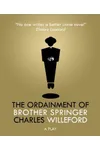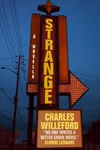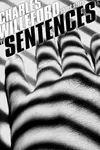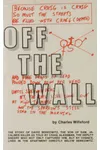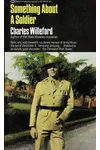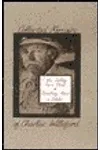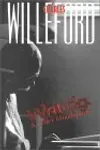Picture a hard-boiled storyteller who spun gritty tales from Miami’s underbelly—meet Charles Willeford! This American literary maverick, born in 1919, blended dark humor and unflinching realism to craft crime novels that still captivate readers. From his colorful life as a soldier, hobo, and professor, Willeford created Hoke Moseley, a detective whose sardonic wit redefined crime fiction.
With a knack for bending genres and a cult following that includes Quentin Tarantino, Willeford’s work is a thrilling dive into the bizarre and brutal. Ready to explore the world of this noir icon?
The Making of Charles Willeford
Charles Ray Willeford III was born on January 2, 1919, in Little Rock, Arkansas. Orphaned by tuberculosis—his father died in 1922, his mother in 1927—he grew up with his grandmother in Los Angeles. By 13, Willeford was riding freight trains as a hobo during the Great Depression, a gritty start that shaped his raw storytelling. At 16, he joined the Army Air Corps, later serving as a tank commander in World War II, earning a Silver Star, Bronze Star, two Purple Hearts, and the Luxembourg Croix de Guerre. After retiring as a Master Sergeant, he dabbled in boxing, acting, and radio before publishing his first novel, High Priest of California, in 1953.
Charles Willeford’s Unforgettable Stories
Willeford’s novels are a masterclass in lean, mean prose, blending hard-boiled crime with dark comedy and existential quirks. His breakout, Miami Blues (1984), introduced Hoke Moseley, a rumpled Miami detective navigating a lurid world of psychopaths and colorful criminals. The novel’s vivid Florida setting and offbeat tone launched modern Miami crime fiction. New Hope for the Dead (1985) and Sideswipe (1987) followed, cementing Moseley’s legacy with their wild plots and sharp dialogue.
Earlier works like Cockfighter (1972), a brutal yet poetic tale of obsession in the American South, drew from Willeford’s eclectic life and even inspired a cult film. The Burnt Orange Heresy (1971), a noir thriller about art and deception, showcased his ability to transcend pulp conventions. Willeford’s style—crotchety humor, vivid characters, and a touch of the absurd—made his stories feel like a camera tilted just off-center, as critic Steve Erickson noted.
Why Charles Willeford Matters
Willeford’s influence on crime fiction is undeniable. Hailed by Elmore Leonard and James Lee Burke, he paved the way for modern noir with his focus on criminal psychology and genre-defying narratives. Quentin Tarantino cited him as an inspiration for Pulp Fiction, and authors like Carl Hiaasen owe a debt to his Miami-centric storytelling. His cult status endures because he wrote with fearless authenticity, crafting quirky, unforgettable tales that mirrored a “crazed America,” as biographer Don Herron put it.
Despite modest success in his lifetime, Willeford’s legacy grows through film adaptations like Miami Blues (1990) and The Burnt Orange Heresy (2019). His ability to mix humor, violence, and humanity keeps his work vital for readers craving something beyond typical mysteries.
- Born: January 2, 1919, Little Rock, Arkansas
- Died: March 27, 1988, Miami, Florida
- Key Works: Miami Blues, Cockfighter, The Burnt Orange Heresy
- Awards: Mark Twain Award for Cockfighter, Beacon Fiction Award for Pick-Up
Snag Miami Blues and dive into Charles Willeford’s wild, witty world of noir! Whether you’re a crime fiction fan or just love a good story, his books are a rollercoaster you won’t forget.
